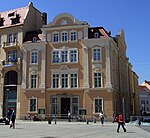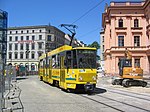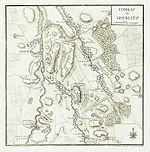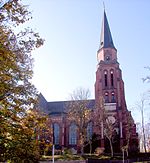Görlitz Department Store
1913 establishments in GermanyArt Nouveau architecture in GermanyArt Nouveau retail buildingsBuildings and structures in GörlitzCommercial buildings completed in 1913 ... and 2 more
Department stores of GermanyGörlitz
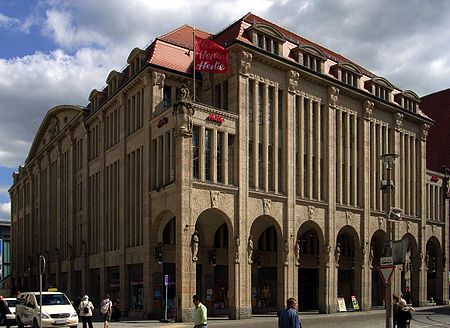
The Görlitz Department Store in Görlitz in the German state of Saxony is one of the best preserved department stores from the beginning of the 20th century. It is built in the Art Nouveau style and was operated as a department store until 15 August 2009. The city and a citizens' action group tried to revitalize the department store, which in 2012 housed only a beauty shop. In 2013, a private investor was found who wanted to operate the facility as a universal department store much like the Department Store of Upper Lusatia (Kaufhaus der Oberlausitz, KaDeO), a counterpart to the Berlin department store Kaufhaus des Westens (KaDeWe).
Excerpt from the Wikipedia article Görlitz Department Store (License: CC BY-SA 3.0, Authors, Images).Görlitz Department Store
An der Frauenkirche,
Geographical coordinates (GPS) Address External links Nearby Places Show on map
Geographical coordinates (GPS)
| Latitude | Longitude |
|---|---|
| N 51.1528 ° | E 14.9876 ° |
Address
Görlitzer Warenhaus
An der Frauenkirche 5-7
02826 , Innenstadt
Saxony, Germany
Open on Google Maps

